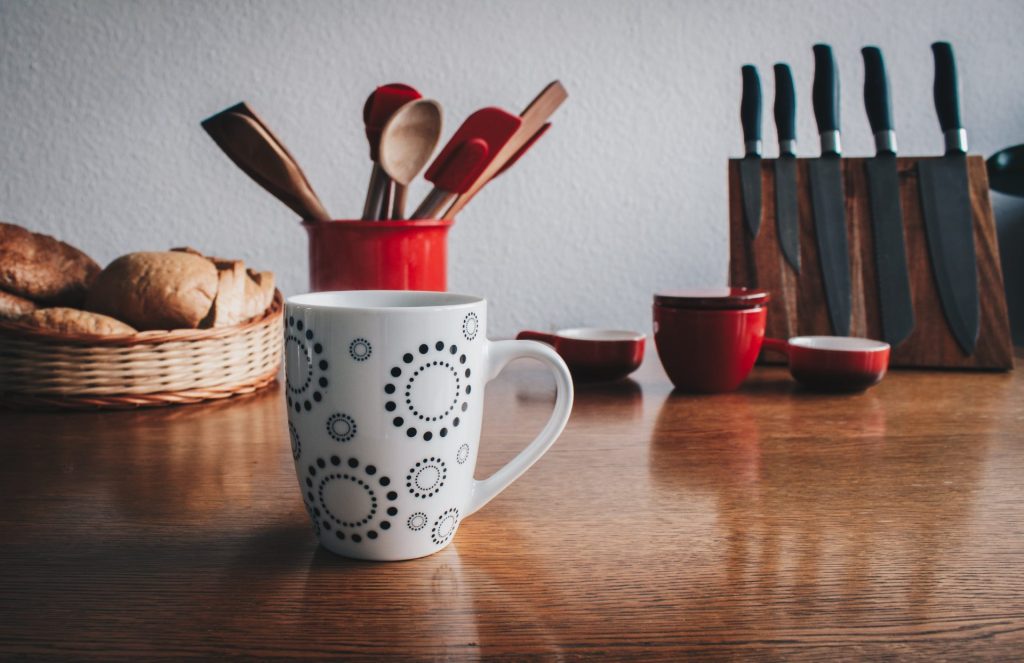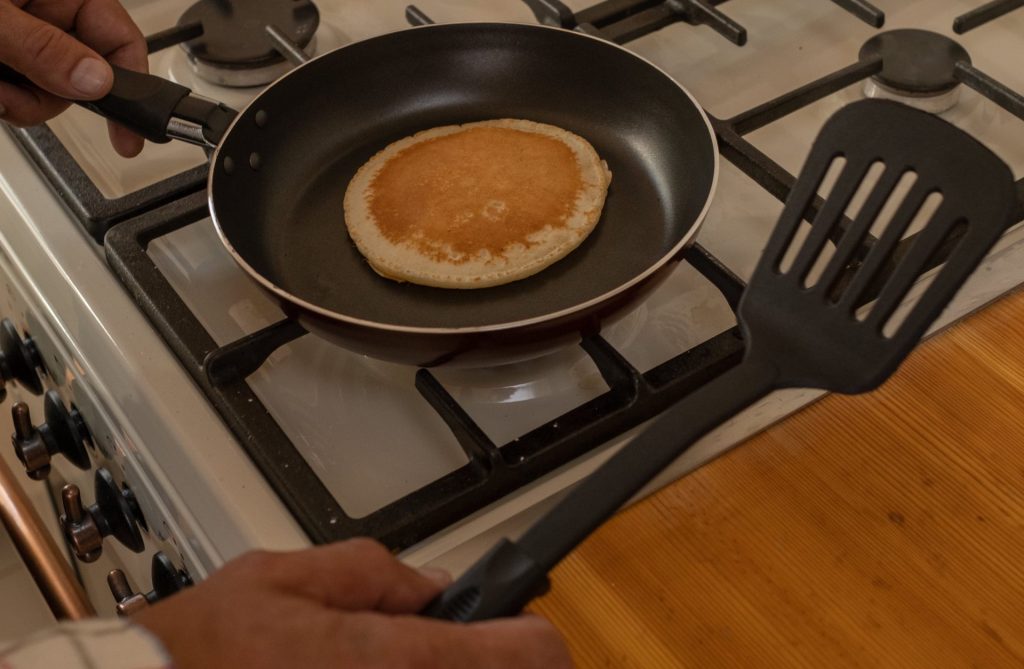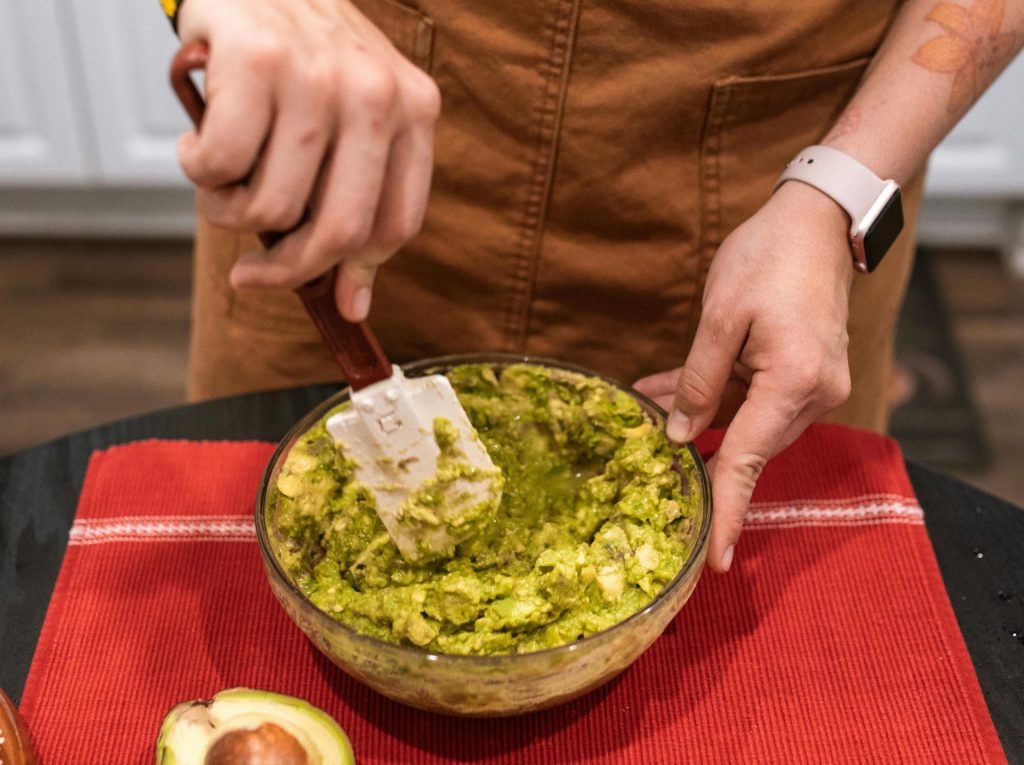Contemplating between Nylon vs Silicone Spatula? Look no further!
In this article, we will compare the durability, heat resistance, versatility, ease of use, and cleaning and maintenance of nylon vs silicone spatula.
By the end, you’ll have all the information you need to make an informed decision.
So, let’s dive in and explore the differences between nylon and silicone spatulas!
Key Takeaways
- Nylon spatulas offer greater durability and are resistant to melting, warping, and breaking.
- Nylon spatulas are non-reactive, preserving the quality of food.
- Silicone spatulas have higher heat resistance compared to nylon spatulas.
- Silicone spatulas are highly flexible and safe to use on non-stick cookware.
Nylon Vs Silicone Spatula: Durability

When comparing nylon vs silicone spatula, you’ll find that nylon spatulas tend to offer greater durability.
Nylon is a strong and sturdy material that can withstand high heat and heavy use.
It’s resistant to melting, warping, and breaking, making it ideal for cooking tasks that require a lot of stirring, scraping, and flipping.
Nylon spatulas are also less likely to develop cracks or chips over time, ensuring their longevity in the kitchen.
Additionally, nylon is non-reactive, which means it won’t react with acidic or alkaline ingredients, preserving the quality of your food.
Nylon Vs Silicone Spatula: Heat Resistance

To determine which spatula is better for heat resistance, consider the properties of both nylon and silicone.
Nylon spatulas have a lower heat resistance compared to silicone spatulas.
Nylon typically has a melting point of around 400°F, while silicone can withstand temperatures up to 600°F or even higher.
This makes silicone spatulas more suitable for high-heat cooking tasks such as stirring hot sauces or sautéing ingredients.
Silicone is also less likely to warp or deform when exposed to high temperatures, ensuring its durability over time.
Additionally, silicone is non-reactive, meaning it won’t release any harmful chemicals or toxins when exposed to heat.
Versatility

Consider the versatility of both nylon vs silicone spatula. Both materials offer unique benefits and can be used for a variety of cooking tasks.
Nylon spatulas are known for their durability and heat resistance, making them perfect for flipping foods on a hot grill or stovetop.
They are also great for scraping bowls and pans due to their rigid edges.
On the other hand, silicone spatulas are highly flexible, allowing for easy scraping of every last bit of batter from a bowl.
They are also safe to use on non-stick cookware, as they won’t scratch the surface.
Additionally, silicone spatulas are great for mixing and folding delicate ingredients.
| Nylon Spatula | Silicone Spatula | |
|---|---|---|
| Durability | High | High |
| Heat Resistance | High | High |
| Scratching Non-Stick Cookware | Possible | Unlikely |
| Flexibility | Low | High |
Both nylon and silicone spatulas have their own strengths and can be used in various cooking scenarios. Choose the one that best suits your needs and preferences.
Ease of Use
Using a nylon or silicone spatula is a breeze. These kitchen tools are designed to make your cooking and baking experience easier and more efficient.
Here are three reasons why nylon and silicone spatulas are so easy to use:
- Flexible and Non-Stick: Nylon and silicone spatulas are highly flexible, allowing you to easily scrape every last bit of batter or sauce from bowls and pans. They also have a non-stick surface, preventing food from sticking to the spatula and making it easier to clean.
- Heat Resistant: Both nylon and silicone spatulas can withstand high temperatures without melting or warping. This means you can use them on hot surfaces without worrying about damaging the spatula or transferring any harmful chemicals to your food.
- Ergonomic Design: Nylon and silicone spatulas are designed with comfort in mind. They have ergonomic handles that provide a firm grip, allowing you to have full control while using them. This design feature ensures that you can effortlessly maneuver the spatula, making your cooking tasks more convenient and enjoyable.
Using nylon and silicone spatulas in the kitchen is a breeze, thanks to their flexibility, non-stick properties, heat resistance, and ergonomic design.
These features make them a must-have tool for any home cook or baker.
Cleaning and Maintenance

Cleaning and maintaining your nylon or silicone spatula is a simple and hassle-free process.
Whether you choose nylon or silicone, both materials are easy to clean and require minimal maintenance. Here are some tips to keep your spatula in top condition:
| Cleaning Tips | Maintenance Tips | Storage Tips |
|---|---|---|
| Wash with warm, soapy water | Avoid using abrasive cleaners | Store in a dry, cool place |
| Use a sponge or dishcloth to remove any food residue | Do not expose to high heat or direct flame | Avoid stacking heavy objects on top |
| Rinse thoroughly and dry with a clean towel | Check for any signs of wear or damage | Keep away from sharp objects |
| Dishwasher safe | Replace if necessary | Hang or store upright to prevent bending |
| Avoid leaving in hot pots or pans |









Konnichiwa! (Hello!) I'm Pat Tokuyama, a Japanese tofu cookbook author, who travels for music, food, and adventure. If you like Japanese tea, checkout some of the newestorganic japanese tea, matcha bowls and noren and more!
** Curious about the Plant Based Japanese Cooking Club? ** Learn more here!